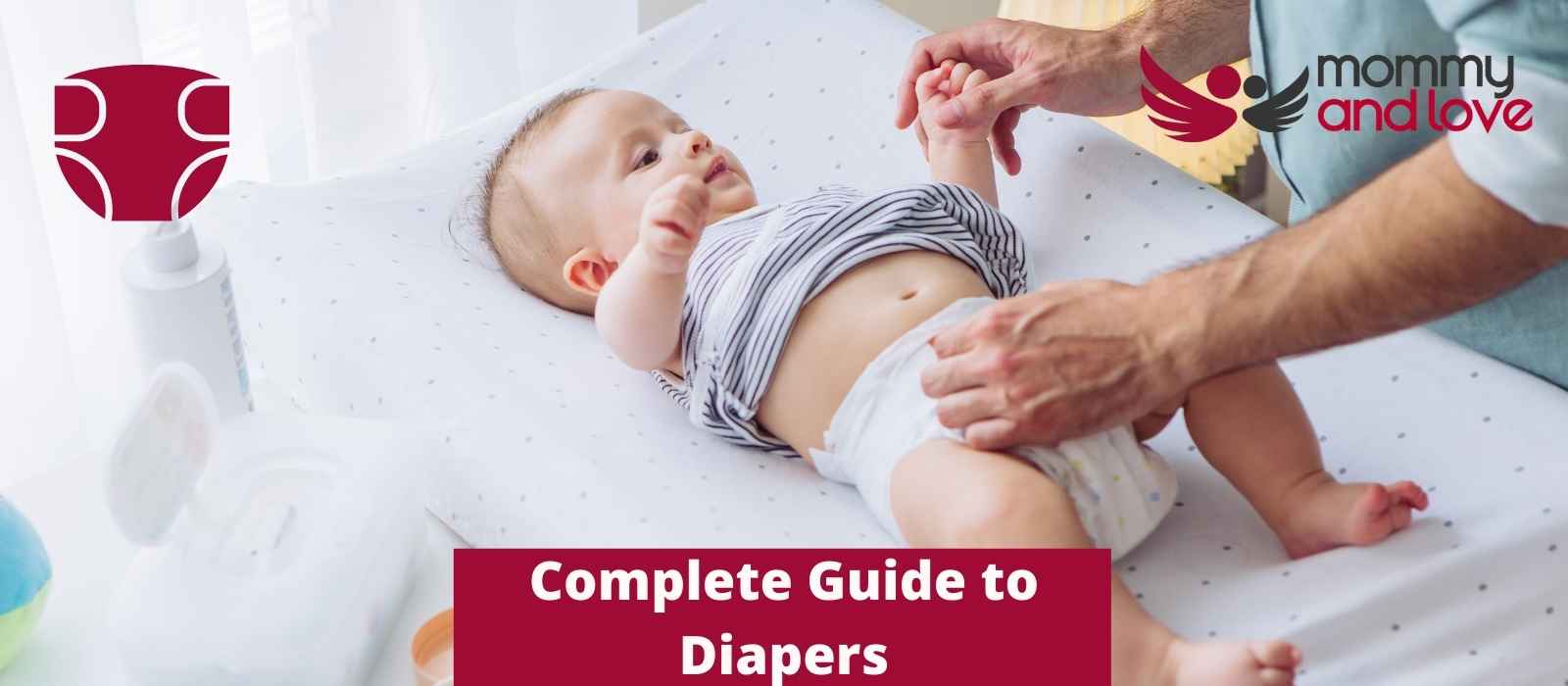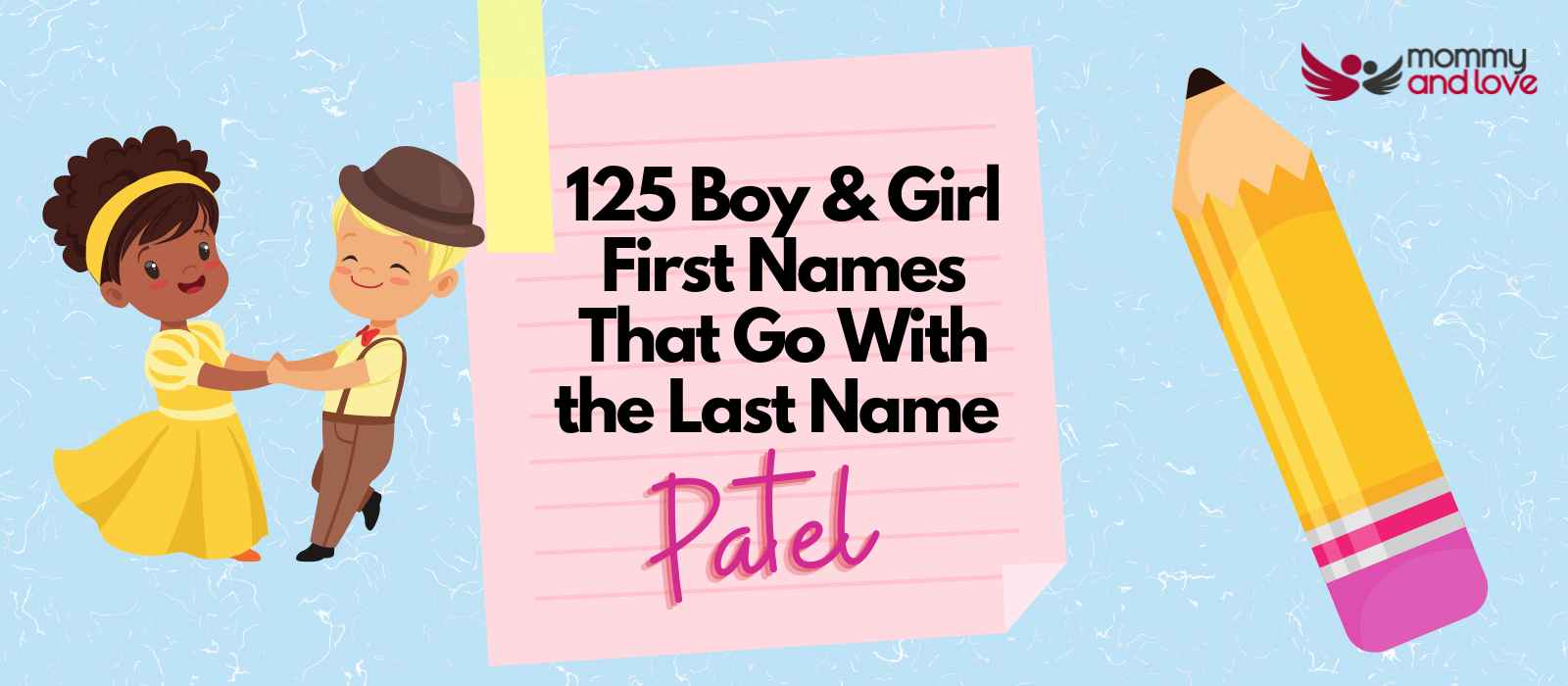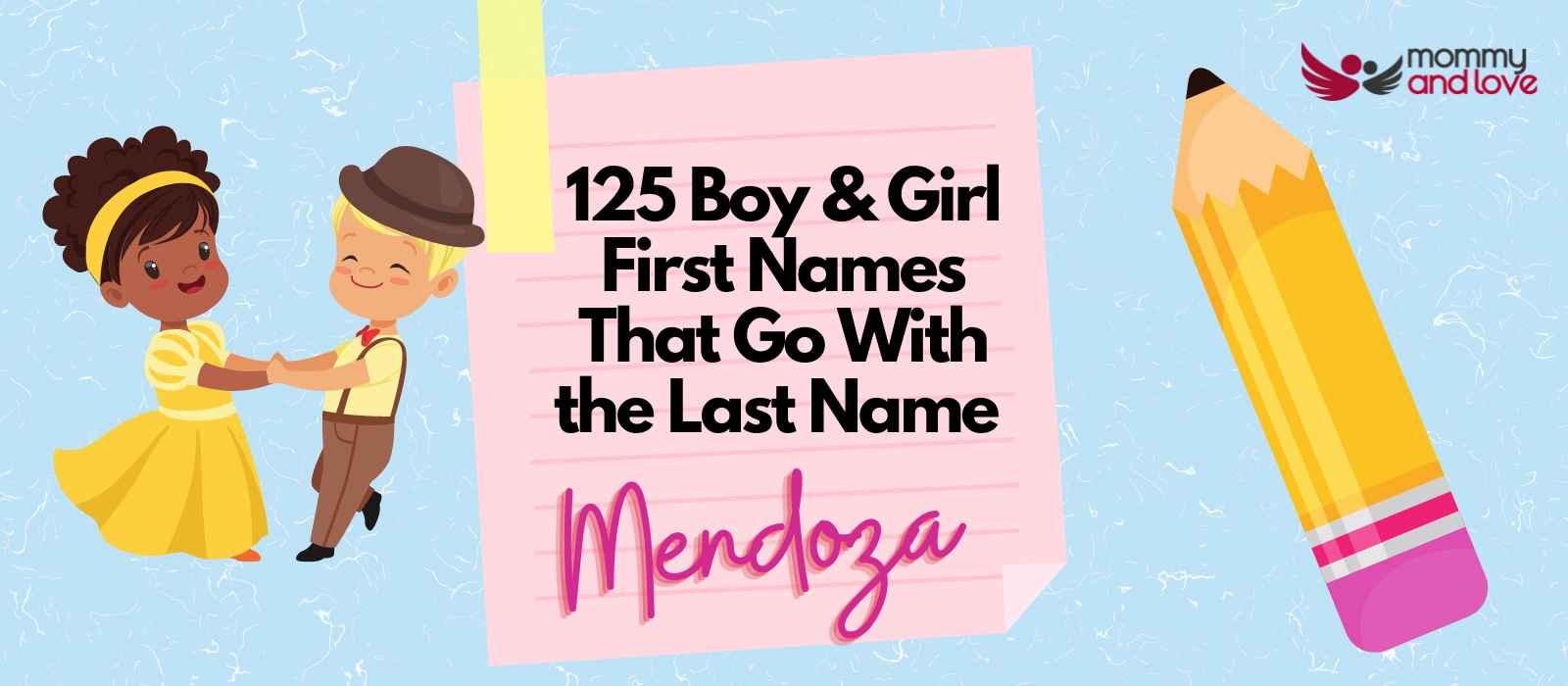There are a lot of choices to make when it comes to diapers – disposable vs. cloth, brands, sizes, etc. In this comprehensive guide, we will break down all the different aspects of both disposable and cloth diapers so that you can make the best decision for your family.
When it comes to choosing between disposable and cloth diapers, there are a few things to consider. Cost is usually the biggest factor, as cloth diapers can be reused multiple times while disposable diapers must be thrown away after each use.
However, there are also environmental factors to consider – cloth diapers can be washed and reused multiple times, which cuts down on the amount of waste produced, while disposable diapers are made from petroleum products and can take centuries to decompose.
Another factor to consider is convenience – cloth diapers require more laundry and upkeep than disposables, but some families find that the extra work is worth it for the peace of mind that comes with knowing their child is using a natural product.
Ultimately, the decision of whether to use disposable or cloth diapers comes down to a family’s individual needs and preferences.
If cost is the biggest factor, then disposable diapers may be the best choice. However, if environmental concerns are a priority, then cloth diapers would be the better option. Families who value convenience may lean towards disposable diapers, while those who prioritize natural products may prefer cloth diapers.
It’s important to weigh all the factors before making a decision about which type of diaper is best for your family. For example, where can you store your diapers, can you store disposable diapers in the garage?
If you are expecting you may be looking for information on diapers and we’ve pulled together these detailed guides.
Guide to Disposable Diapers
There are many different types of disposable diapers on the market today. It can be hard to know which one is right for your baby. Here is a guide to help you choose the best disposable diaper for your little one.
The first thing you need to consider is what size diaper you need. Disposable diapers come in sizes newborn, small, medium, and large. You will want to choose a size that is comfortable for your baby and will not leak.
The next thing you need to consider is the absorbency of the diaper. Some diapers are more absorbent than others. If you have a baby who sleeps through the night, you will want to choose a diaper with more absorbency.
You also need to consider the price of the diaper. Disposable diapers can range in price from $0.25 to $0.60 per diaper. You will want to choose a diaper that is affordable for you and fits your budget.
Finally, you need to consider the environmental impact of the diaper. Some disposable diapers are made with more environmentally friendly materials than others. If you are concerned about the environment, you will want to choose a diaper that is made with recycled materials or is biodegradable.
Disposable diapers are a convenient way to keep your baby clean and dry. With so many different types on the market, it can be hard to know which one to choose. Consider the size, absorbency, price, and environmental impact of the diaper before making your final decision.
- A Brief History Of Diapers: From Animal Skins To Modern Disposables
- What Did People Do Before Diapers
- How Many Diapers To Bring To Hospital
- How Many Diapers To Register For?
- How Long Can A Baby Wear A Diaper At Night
- How To Throw A Diaper Party
- Diaper Changing Hacks Every Parent Should Know
- Things To Do When Your Baby Suddenly Hates Diaper Changes
- The Difference Between Boy And Girl Diapers: What You Need To Know
- Pocket Nappies – The Ultimate Guide
- Should A Diaper Cover The Belly Button? Surprising Tips For New Parents
- Should Dads Change Diapers? (Do Men Change Diapers?)
- Which Is Better For Your Toddler: Diapers Vs Pull-Ups?
- What You Need to Know About Chlorine in Diapers
- What’s the Average Cost of Disposable Diapers per Year
- Do Diapers Expire? – The Ultimate Guide
- How Many Baby Wipes Do I Need? – Everything You Need To Know
- How To Get A Proper Diaper Fit: Everything You Need To Know
- Vest Extenders: You Get A More Comfortable Fit For Cloth Nappies
- Why Use Reusable Nappies?
- Where To Buy Reusable Nappies
- Popper Or Velcro Cloth Nappies?
- Do swimming nappies hold wee?
- When to change newborn nappy – Tips for newborn nappy changing
- Nappy Wet Bags: The Ultimate Guide
- Do Reusable Nappies Smell?
- Nappy Trainer Pants & Potty Training
- Nappy Liners – Complete Guide
- Nappy Cream With Reusable Nappies – Is It Safe?
- Bringing Reusable Nappies On Holiday: How To Do It!
- How To Dry Reusable Nappies
- Irish reusable nappies
- Organic Reusable Nappies: What, Why, Which Ones Are Best?
- Changing Bag For Reusable Nappies : What To Consider
- Council Grant For Reusable Nappies
- Are Second Hand Reusable Nappies Safe?
- Get Ready For Real Nappy Week: Everything You Need To Know!
- Dirty Cloth Diaper Storage: How To Keep Your Home Odor-Free
- When To Start Using Reusable Nappies: A Comprehensive Guide
- Reduce Your Environmental Impact: What To Do With Old Reusable Nappies
- Which Nappies For Chunky Babies?
- Cloth Nappy Washing Powder
- Can I Wash Reusable Nappies With Other Clothes?
- Nappies Leaving Marks On Legs – Help!
- Dry Pailing Nappies (Complete Guide To Storing Dirty Nappies)
- Nappy Laundry Service: What, How, Why?
- Where To Donate Nappies: Reusable & Disposable
- What Is A Cloth Nappy Library?
- Cloth Nappy Detergent Buildup: What, Why, How?
- What Are Muslin Cloths & Why Are They A Must For A Newborn Baby?
- Nappy Rash – Cloth Nappies Your Questions Answered
- Nappy Pull Ups: Why You Should Use Reusable
- Inserts, Boosters & Liners For Cloth Nappies
- How to get baby poop stains out of clothes & cloth nappies?
- Waterproof Wraps & Nappy Covers – Complete Guide
- Which Is More Hygienic: Disposable Or Cloth Nappies?
- Are Reusable Nappies Bulky: The Answer, Once And For All
- Bio Or Non-Bio For Baby: Which Is Safer For Babies & Cloth Nappies?
- How To Strip Wash Nappies: The Ultimate Guide
- Are Reusable Nappies Better For The Environment?
- Reusable Nappies For Twins – Your Ultimate Guide To Making It Work!
- Nappy Changing – How Often To Change Your Newborn
- leaking nappies – how to stop reusable nappies leaking
- Reusable Nappy Storage – Your Options Considered
- 6 Reasons Why Newborn Reusable Nappies Are Well Worth It
- Cost Of Nappies – Disposable Vs Reusable Nappies
Disposable Diapers Buyers Guides
| Huggies Little Movers vs Snugglers | Huggies Little Movers Vs Snugglers: What’s The Best Diaper For Your Baby? |
| Kirkland Baby Diapers | Kirkland Baby Diapers Review: Are Costco’s Diapers Worth Trying? |
| Kirkland vs Huggies | Kirkland Diapers Vs Huggies Diapers |
| Sam’s Club Diapers | Sam’s Club Member’s Mark Diaper Review |
| Pampers Dry Baby Vs Swaddlers | Pampers Dry Baby VS Swaddlers: A Mom’s Guide To The Best Diapers For Your Baby |
| Parents Choice Diapers Review | Parent’s Choice Diapers Review: They May Be Affordable, But Are They Good Enough For Your Child? |
Eco Disposables
Somewhere as a bit of a mid ground from disposable diapers and cloth diapers is eco disposables. Whether a hybrid cloth option or using plant based diapers, these diapers do less damage than regular disposable diapers but do not have the washing problems associated with cloth diapers.
Plant-Based Diapers: The Future Of Sustainable Baby Care
EWG Verified Diapers: The Safest And Best Option For Your Baby
Guide to Cloth Diapers
If you’re like most parents, you want to do what’s best for your baby. You want to make sure they’re comfortable, safe, and healthy. And you want to save money where you can. cloth diapers are a great way to do all of those things! Here’s a quick guide to help you get started:
Cloth diapers are made of natural materials like cotton, wool, or bamboo. They’re gentle on your baby’s skin and won’t cause the irritation and redness that some disposable diapers can. And they’re better for the environment, too!
You’ll need a few things to get started with cloth diapering:
-A diaper pail or wet bag to store dirty diapers
-A few sets of cloth diapers (enough to last a day or two)
-A set of diaper covers
-Wipes (cloth or disposable)
To use cloth diapers, simply put one on your baby just like you would a disposable. When it’s time to change, remove the soiled diaper and put it in your diaper pail or wet bag. Then, put a clean diaper on your baby and you’re all set!
With just a little bit of planning, cloth diapering can be easy and convenient. Give it a try today! You and your baby will be glad you did.
- Cloth Diapering Series
- GDiaper Basics
- Laundering Cloth Diapers
- How To Strip Cloth Diaper Inserts
- Cloth Nappy Buckets And Wet Bags
- Cloth Nappies On A Budget: 7 Money Saving Tips
- Cloth Nappy Myths And Legends
- Cloth Nappies In Childcare
- Cloth Nappy Trial Pack – What To Look For!
- Christmas Cloth Nappies : Our Top Picks
- Cloth Nappy Clothes: The Ultimate Guide Of Clothes For Cloth Bums
- Do I Need A Mesh Washing Bag For Cloth Nappies?
- How Many Reusable Nappies Do I Need
Did you know that cloth diapers can save you money? Disposable diapers can cost upwards of $100 per month, but cloth diapers can be reused over and over again. That means they’ll save you a lot of money in the long run!
Another great thing about cloth diapers is that they’re better for the environment. Disposable diapers can take hundreds of years to decompose, but cloth diapers can be reused or recycled. That means less waste in landfills!
So if you’re looking for a way to save money and be more eco-friendly, consider switching to cloth diapers. Your baby (and the planet) will thank you!
Cloth Wipes
- Homemade Cloth Wipes And Solution
- What’s In Baby Wipes? (Sneaky Ingredients of Baby Wipes to Look Out For)
- Are Baby Wipes Flushable?
- Reusable Baby Wipes : Everything You Need To Know!
- All In One Nappy (AIO Cloth Nappies) : A Comprehensive Review




